Description
Hygiene Cleaning Kit – CS02 Dental Tartar Scraper Remover Set: Keep Smiles Bright and Clean
Struggling with stubborn tartar that makes your cleaning sessions less efficient? The Hygiene Cleaning Kit – CS02 Dental Tartar Scraper Remover Set is here to transform your approach to dental hygiene. Designed for precision and effectiveness, this kit enhances your cleaning process and ensures patient satisfaction.
Unleash the Power of the CS02 Tartar Scraper Remover Set
Effortless Tartar Removal: The CS02 Dental Tartar Scraper is equipped with specialized tips that handle even the toughest tartar deposits with ease. Thanks to its ergonomic handle and sharp, precise edges, you can achieve smooth, efficient scaling and cleaning. This means every area gets the attention it needs.
Enhanced Efficiency, Streamlined Cleaning: Enjoy better control and maneuverability with this high-quality tool. The CS02’s thoughtful design minimizes cleaning time and boosts accuracy, allowing you to maintain top-notch oral hygiene standards and deliver quicker treatments.
Built to Last, Invest in Quality: Made from robust stainless steel, the CS02 Dental Tartar Scraper is built to endure frequent use and withstand multiple sterilization cycles. Its durability ensures you’ll get years of reliable performance, reducing the need for constant replacements.
Happy Patients, Superior Care: The efficiency and precision of the CS02 enhance your patients’ comfort. A smoother cleaning process leads to a more pleasant experience, which translates into increased patient satisfaction and positive feedback.
Easy Maintenance, Maximum Hygiene: Designed for convenience, the CS02 Dental Tartar Scraper Remover Set is simple to sterilize in an autoclave. This ensures you maintain high hygiene standards and provide a safe, infection-free environment for your patients.
Hygiene Cleaning Kit – CS02: The Ultimate Tool for Exceptional Dental Care
The Hygiene Cleaning Kit – CS02 Dental Tartar Scraper Remover Set is a valuable addition to your dental practice, offering unmatched efficiency, durability, and patient satisfaction. Upgrade your cleaning routine with this essential tool and elevate the care you provide.
Ready to improve your dental cleanings? Check out the Hygiene Cleaning Kit – CS02 Dental Tartar Scraper Remover Set today and experience enhanced precision and effectiveness in your practice.
For other essential tools, explore our Curved Goldman Fox Scissors for accurate tissue management . Our Composite Fillings Instruments is also famous for superior filling practices. Enhance your practice with top-quality dental instruments designed for optimal performance and patient comfort.
FAQs for the Hygiene Cleaning Kit – CS02 Dental Tartar Scraper Remover Set
- What is the Hygiene Cleaning Kit – CS02 Dental Tartar Scraper Remover Set?
The Hygiene Cleaning Kit – CS02 is a specialized dental toolset designed to effectively remove tartar and plaque from teeth, enhancing oral hygiene during dental cleanings. - How does the CS02 Dental Tartar Scraper work?
The CS02 features specialized tips that allow dental professionals to tackle stubborn tartar deposits. It eases ensuring a thorough cleaning process. - Is the CS02 Dental Tartar Scraper safe for patient use?
Yes, when used by trained dental professionals, the CS02 is safe and effective for removing plaque and tartar without causing harm to the gums or teeth. - How often should I use the CS02 Dental Tartar Scraper?
Dental professionals typically use the scraper during routine cleanings, which are recommended every six months for optimal oral health. - Can I use the CS02 Dental Tartar Scraper at home?
It is not advisable for patients to use dental scrapers at home due to the risk of injury or improper use. Professional guidance ensures safe and effective cleaning. - What materials does the CS02 Dental Tartar Scraper use for construction?
The CS02 Dental Tartar Scraper features high-quality stainless steel, which ensures durability and resistance to corrosion while allowing for multiple sterilization cycles. - How do I maintain the Hygiene Cleaning Kit – CS02?
After each use, sterilize the instruments in an autoclave to maintain hygiene standards and ensure a safe environment for patients. - What are the benefits of using the CS02 Dental Tartar Scraper over other tools?
The CS02 offers enhanced efficiency, precision, and durability. Which makes it an excellent choice for dental professionals looking to improve their cleaning processes.



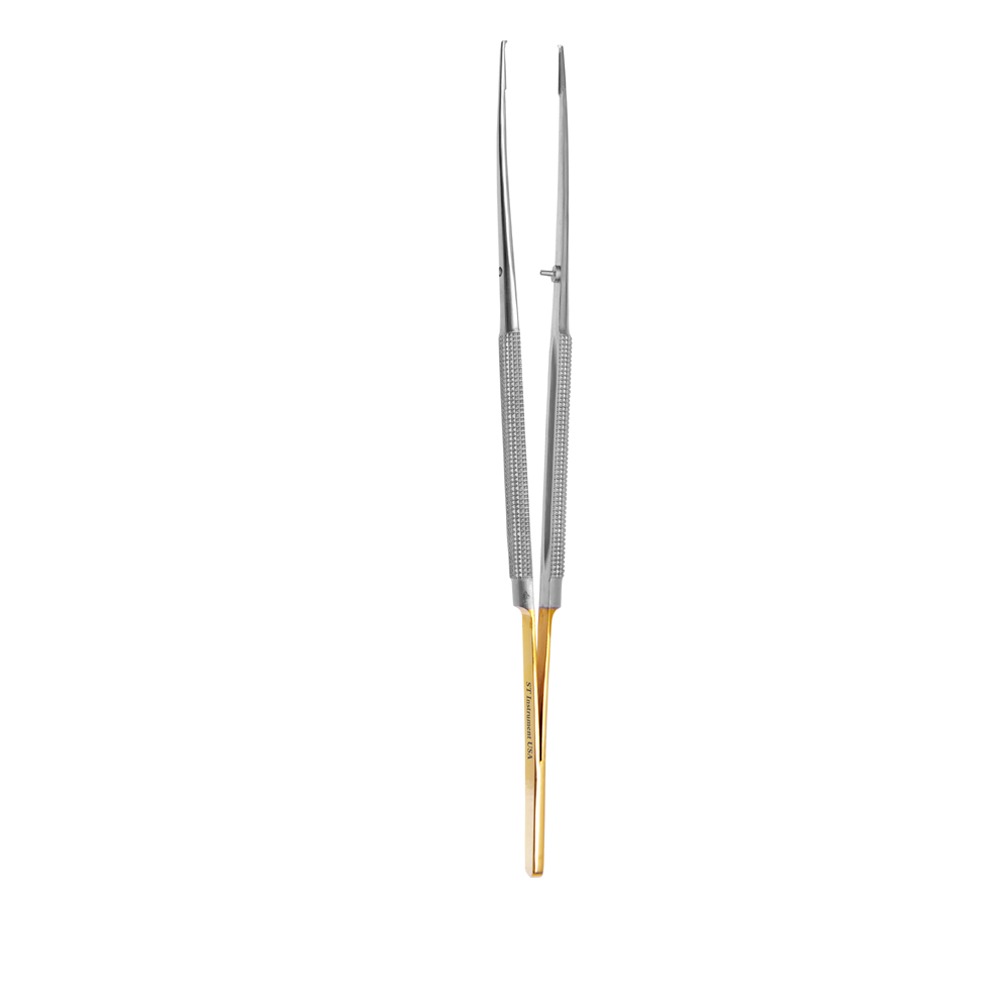
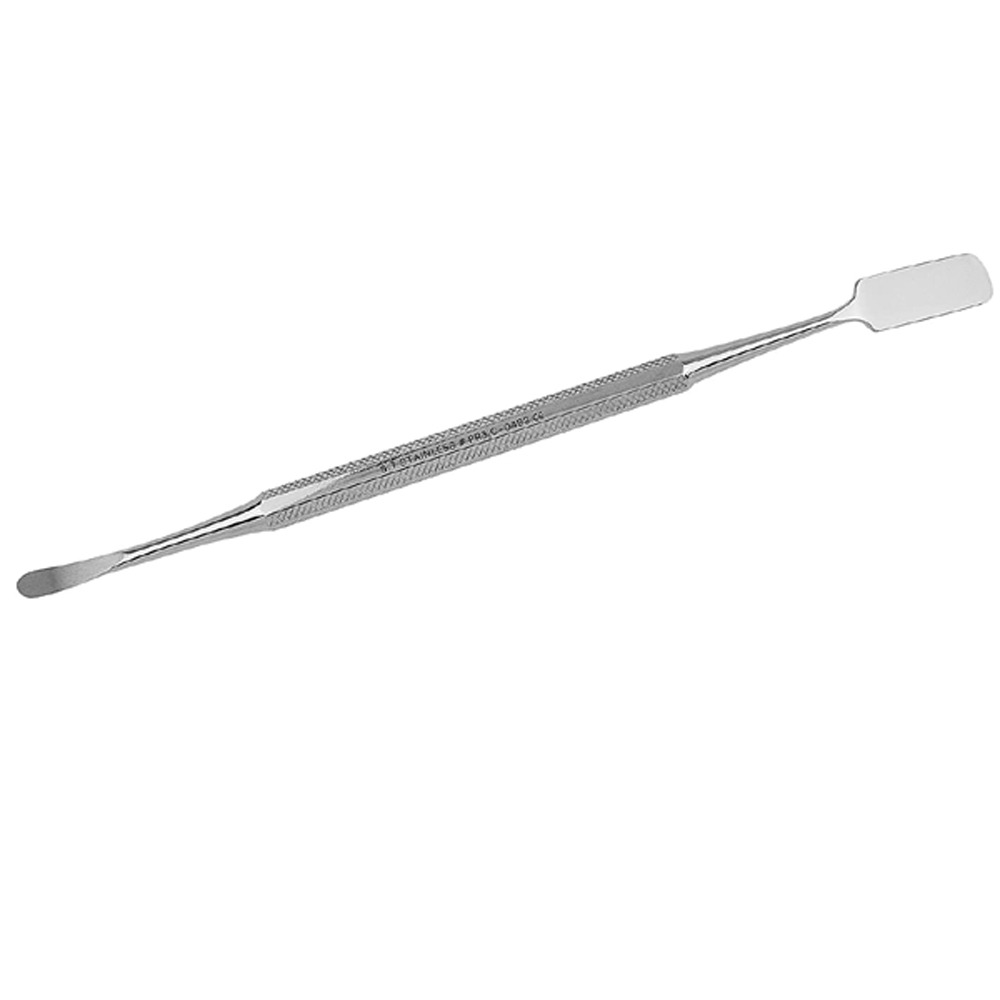
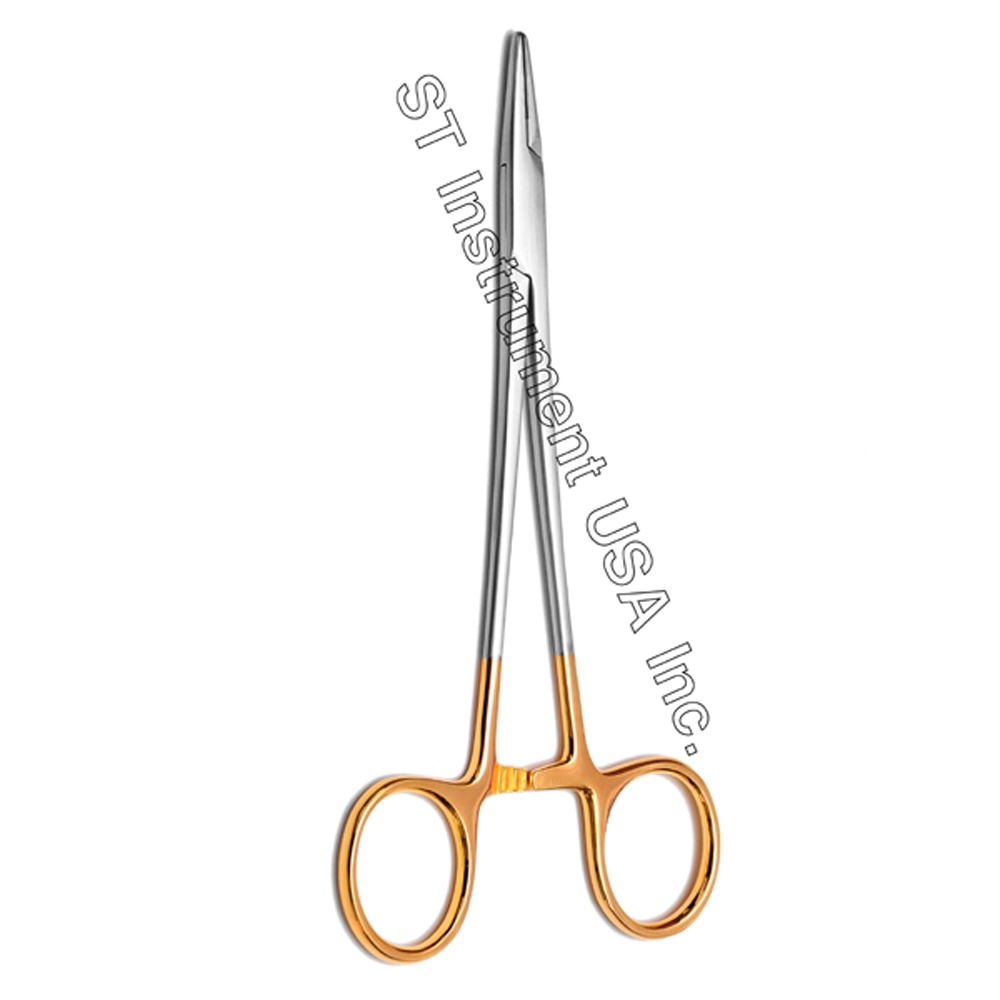
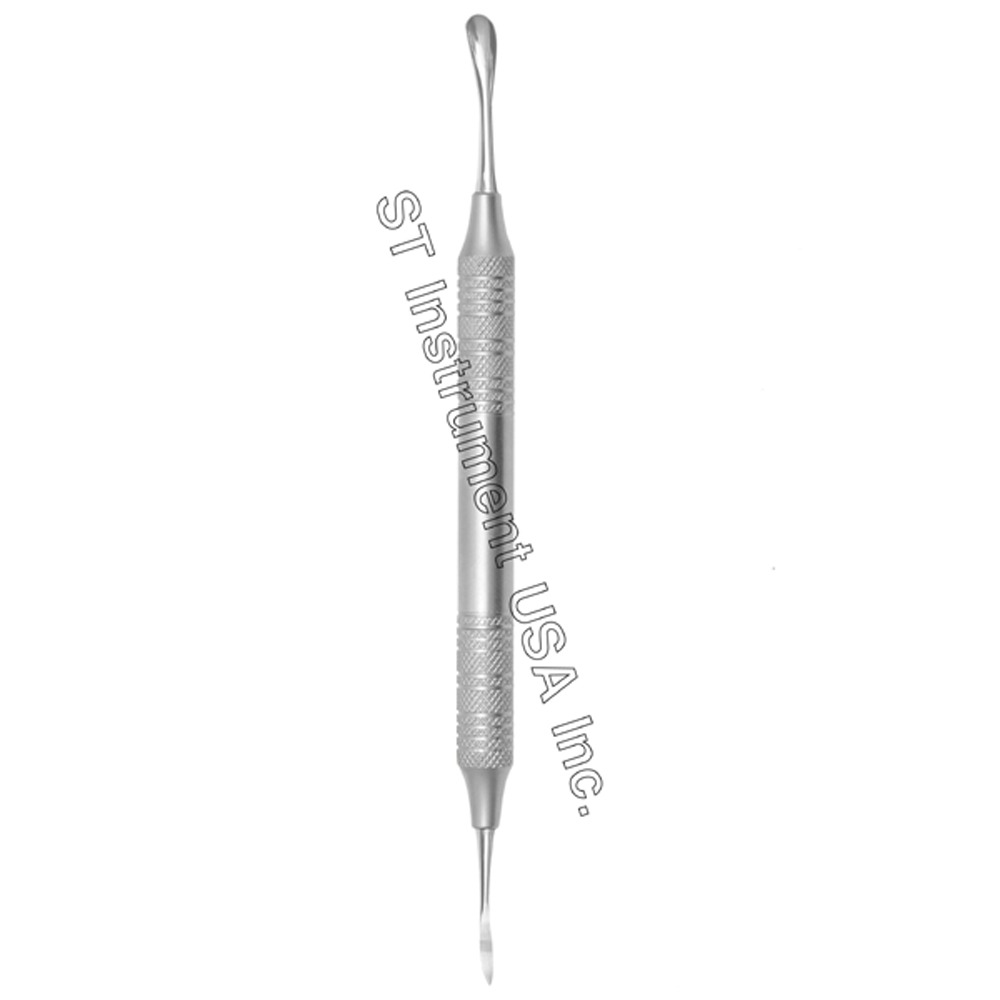
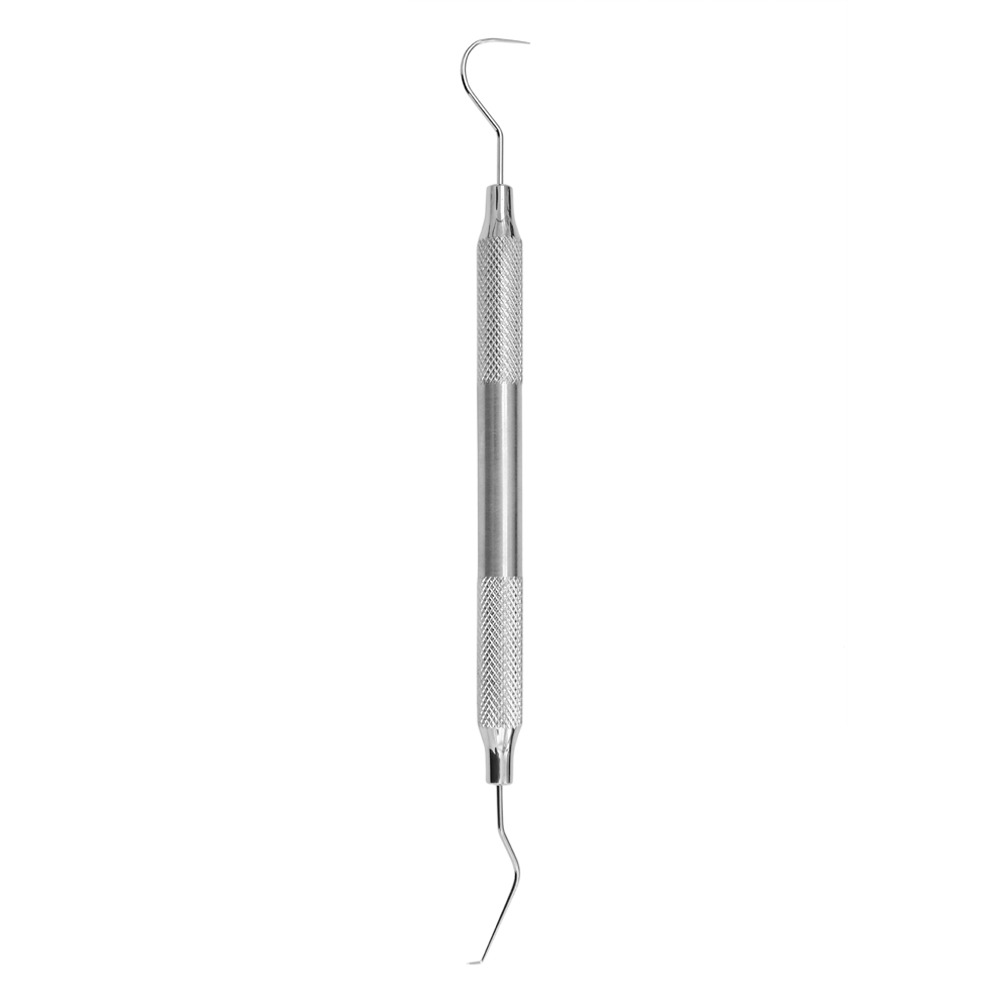

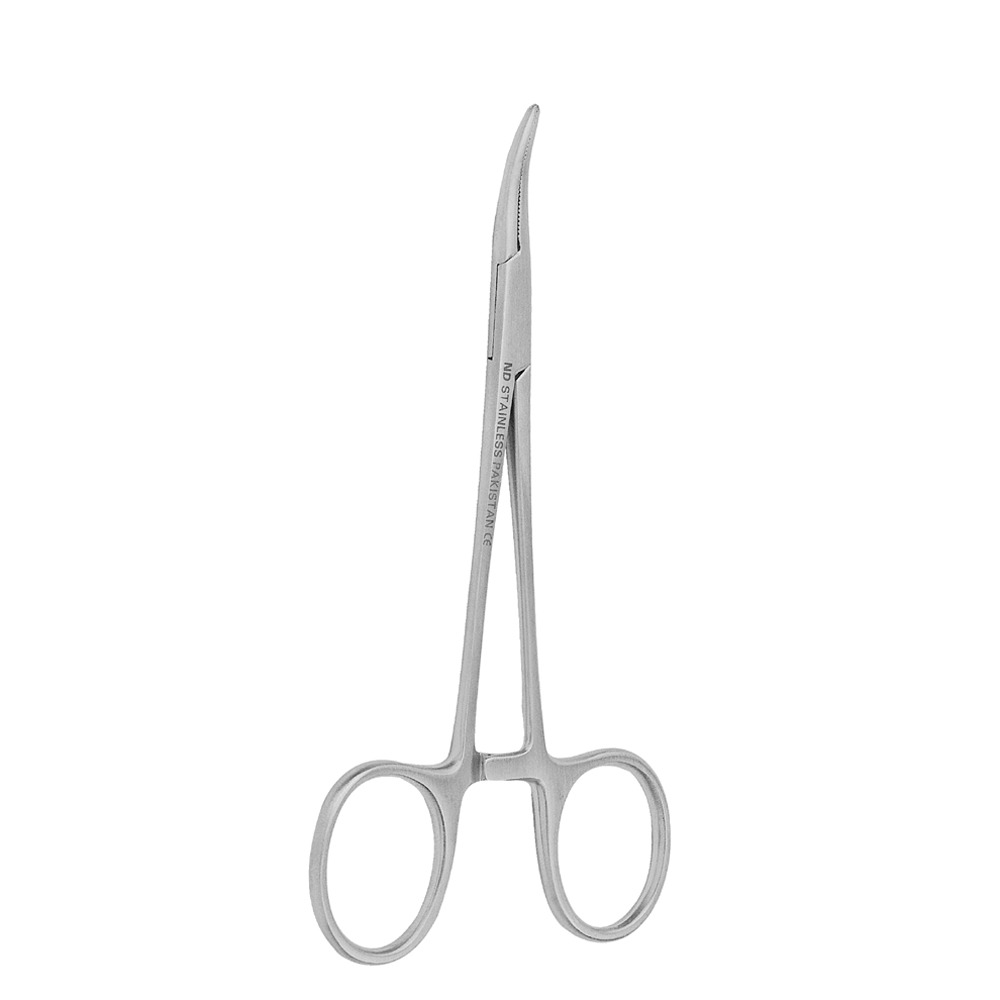
Reviews
There are no reviews yet.